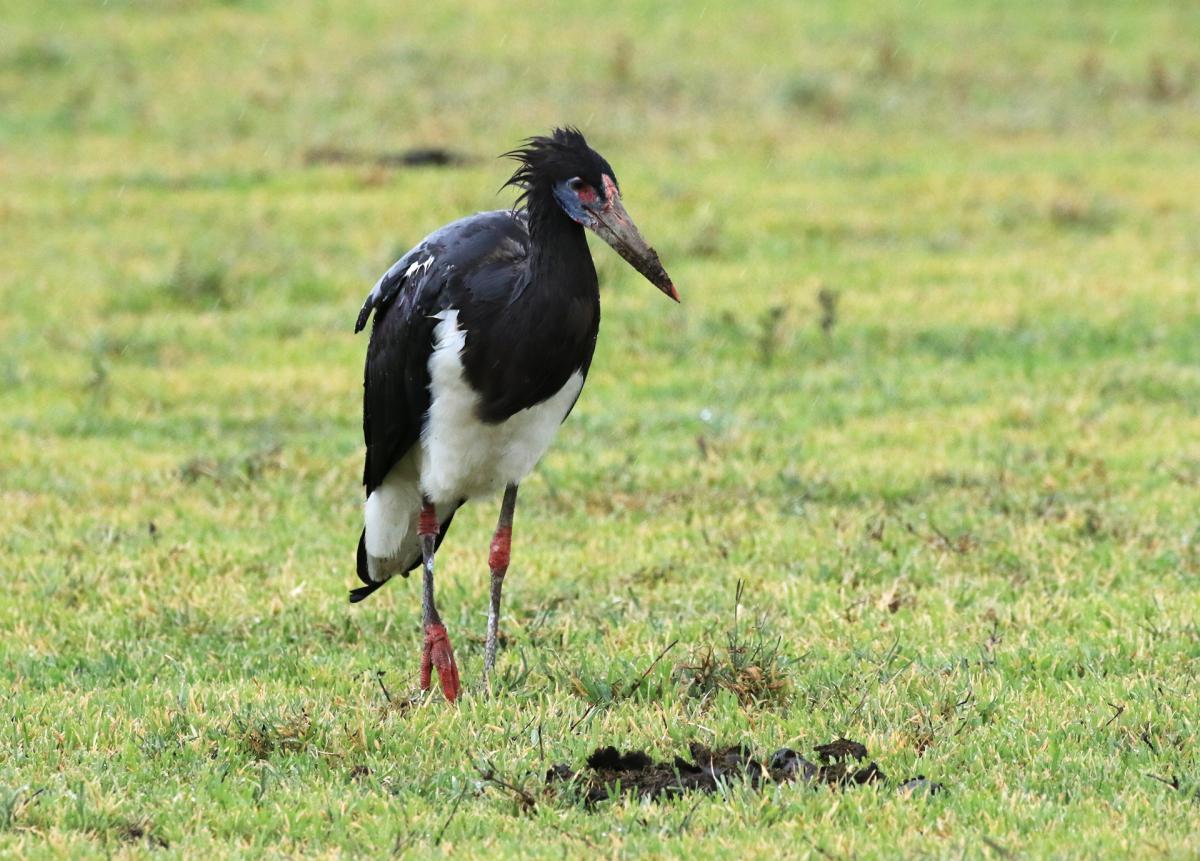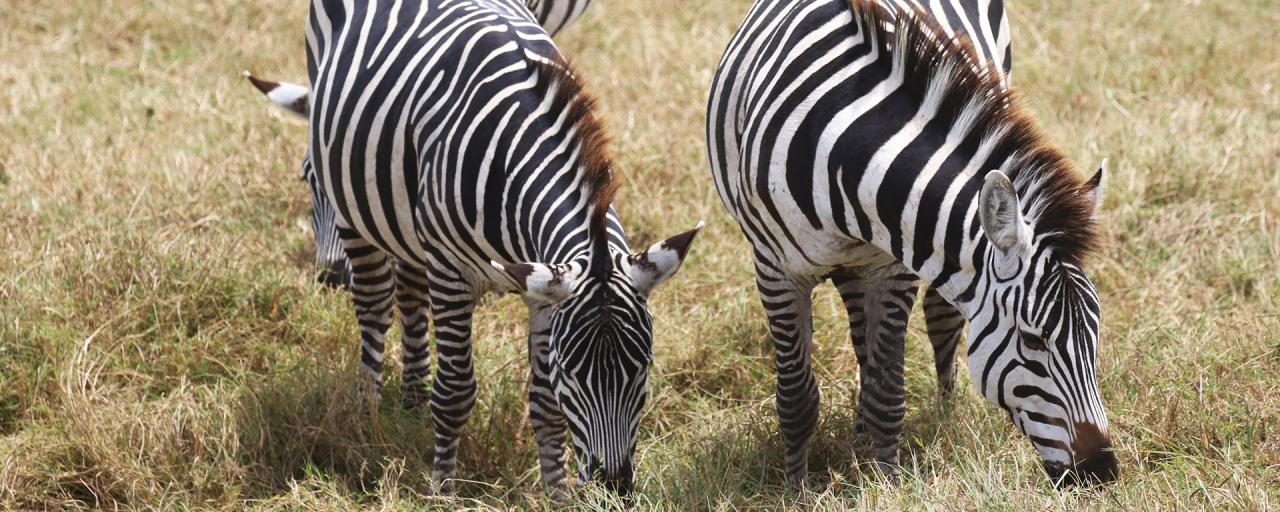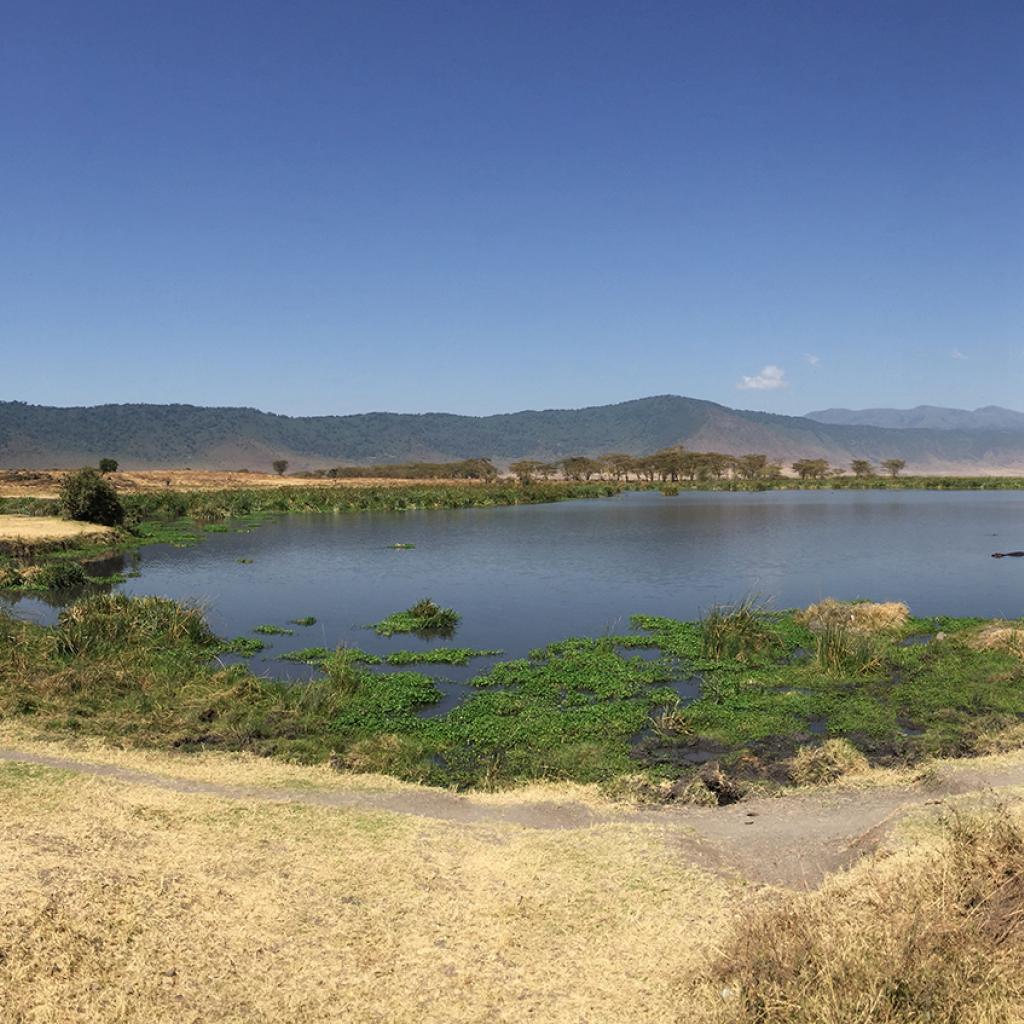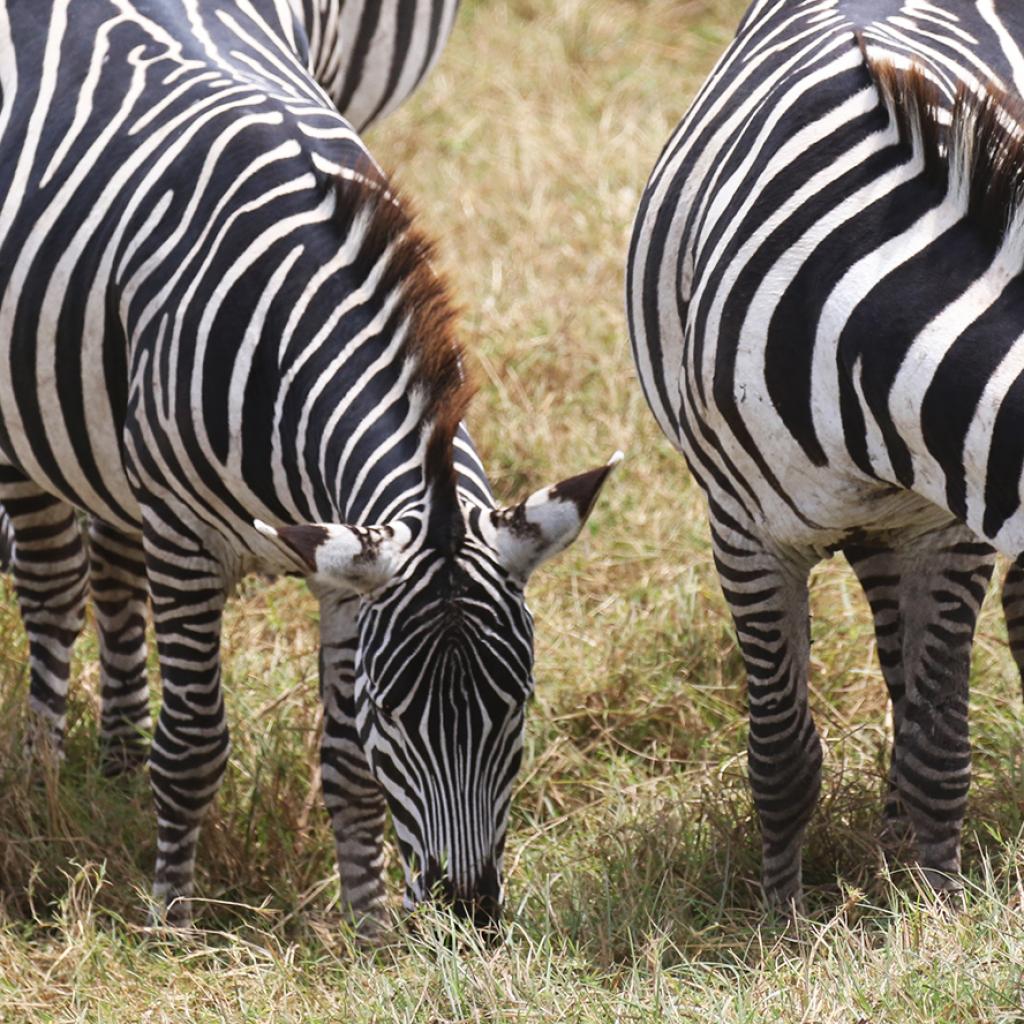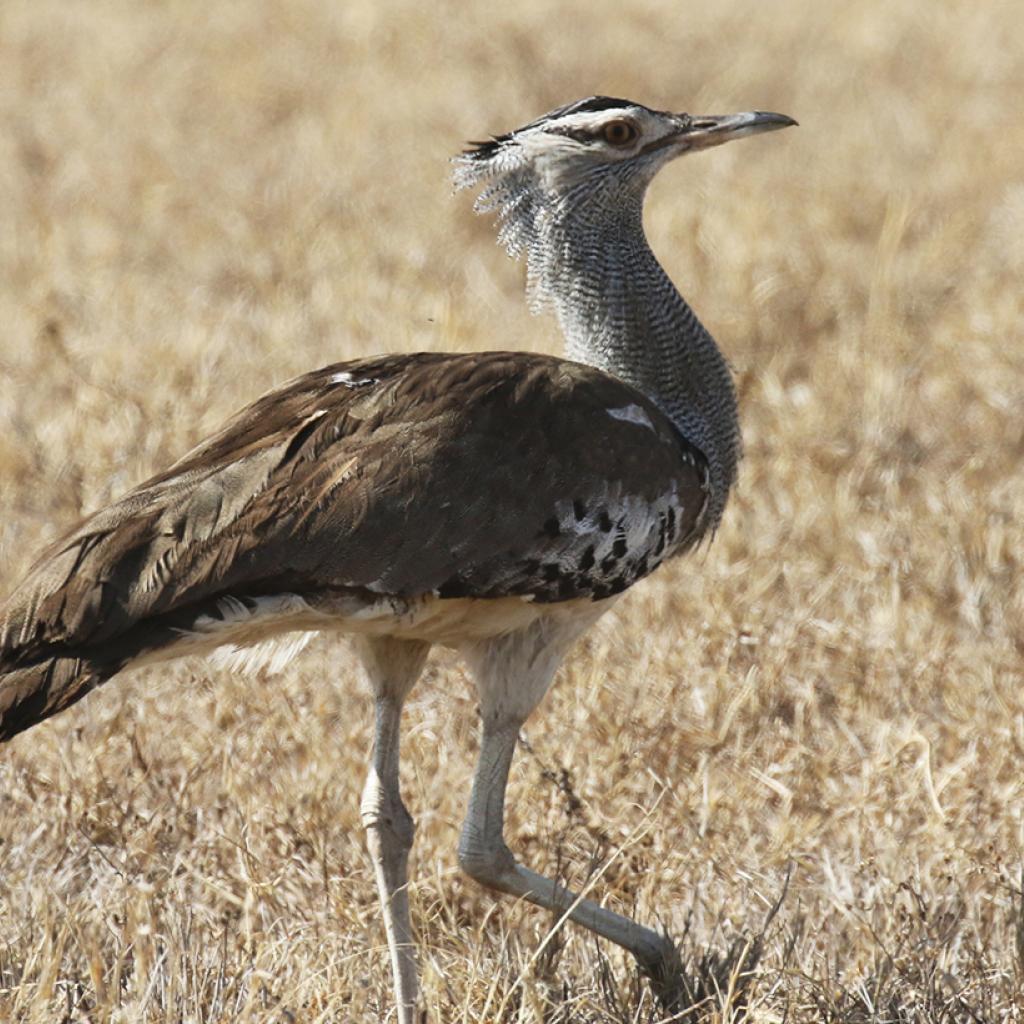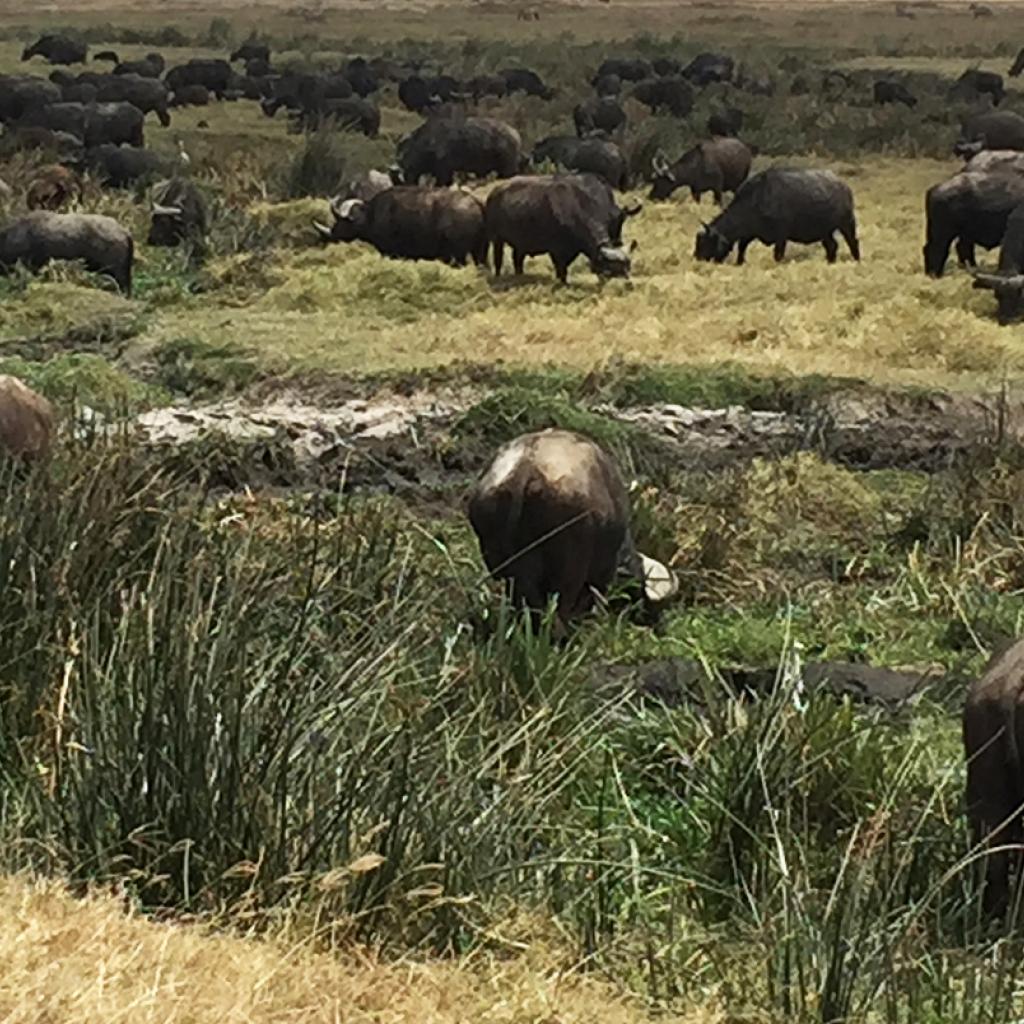These gently rolling highlands of a volcanic origin are dotted with craters and volcanic lakes and are less visited than the better known Ngorongoro Crater, but they hide precious gems that are definitely worth discovering for their natural beauty.
These highlands lie to the East of the Ngorongoro Crater and border to the South and East with the Great Rift Valley escarpment, and to the West with the Northern Plains and the savannah of the Serengeti National Park.
Volcanos, craters and mountains of volcanic origin, such as the Olmoti Crater and the Empakaai Crater, the Mount Loolmalasin and the active volcano of Lengai can be found in this remote area; a true wonder from a geological point of view with all-round breathtaking views.
Also known as the highlands of craters, this area can be reached in a 4x4 jeep driving along the road on the rim of the Ngorongoro Crater and then descending towards Nainokanoka and the Olmoti Crater.
From here the dirty road continues along the route from where you can admire magnificent landscapes in an area where you rarely meet other visitors; numerous Masai villages are dotted here and there and it is quite common to encounter Maasai children leading sheep and goats grazing or Maasai women collecting roots and wild herbs, or even a Moran warrior heading no one knows where.
After a two hours drive across these remote lands, you come to the Empakaai Crater, which is smaller than the better known Ngorongoro, but just as beautiful and definitely less crowded; its caldera measures 6 km in diameter and nearly half of the bottom hosts an emerald-coloured alkaline lake.
The sides of the crater are covered with a pristine forest and you can go on walking safari to reach the rim of the crater, from where you can enjoy breathtaking views of the crater and, in the distance, the Ol Doinyo Lengai, the mountain sacred to the Maasai; in the very clear days you can even see the Mount Kilimanjaro and the Natron Lake.
From the rim of the Empakaai crater you can descend to the bottom with its famous alkaline lake, usually populated by flamingos giving the banks of the lake an intense pink colour.
There are two roads leading to the bottom of the crater, the one on the Southern slope is 1 km long with a vertical drop of 700 metres and it takes one hour and a half to descend one way; the other on the Eastern slope is 2 km long with a vertical drop of 300 metres and it takes 2 hours to ascend it one way; this is one of the most exciting excursions to be experienced in this area.
Following an ancient path used by the Maasai leading their cattle to grazing, you can also reach the rim of the Olmoti Crater; this route winds up through thick mountain woods, grasslands and rocky outcrops and leads to the rim of the crater from where you can enjoy a panoramic view of the highlands and the inside of the crater itself.
The Olmoti Crater contains a true wonder of nature; it is home to a wide variety of fauna and flora; the Northern side offers the possibility of spotting wild animals, including buffalos, wildebeests, zebras, porcupines, hartebeests, bushbucks, hyenas, leopards and even elephants, though only at certain times of the year; there are also many birds, especially pink flamingos in the salty lake of the crater, and many species of butterflies can be seen.
In walking safari excursions, it is mandatory to be escorted by an armed ranger of the Ngorongoro Conservation Area as it is quite common to encounter wild animals.
To the Northeast border of the Ngorongoro Conservation area lies the Ol Doinyo Lengai, the only active volcano in the area, that features a white-capped summit that is not snow, as it happens with the Mount Kilimanjaro, but rather the result of the lava that turns white when it cools down and hardens.
Ol Doinyo Lengai in Maa, the language spoken by the Maasai, means the Mount of the Gods; it is considered a sacred mountain to the Maasai, who undertake strenuous hiking to climb to the top and make sacrifices to the gods.
The main places of interest in the NCA (Ngorongoro Conservation Area)
- Ngorongoro Crater
- Eastern Highlands
- Southern Highlands
- Northern Plains
